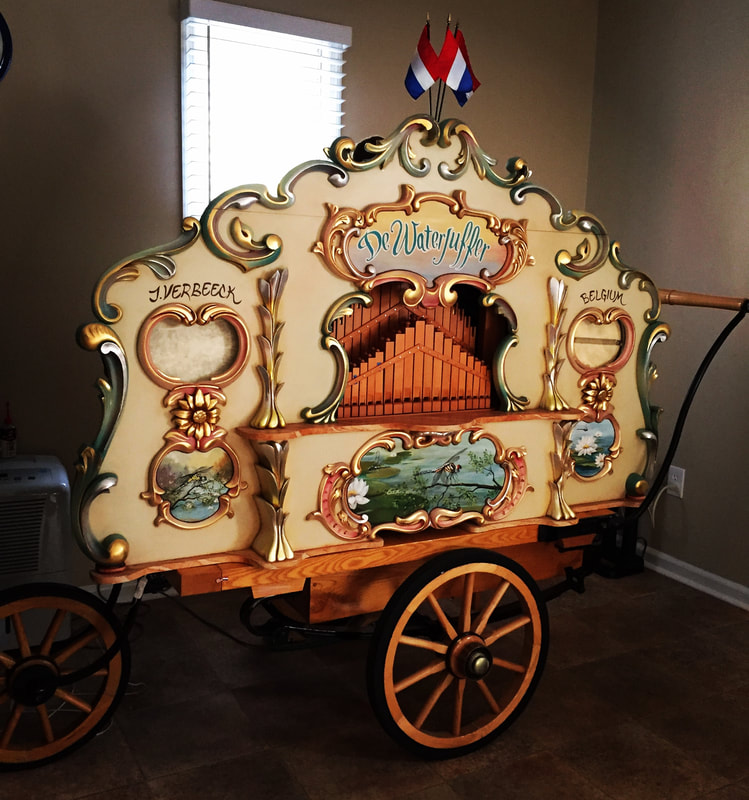
As such, it is considerably more difficult to collect a complete set of the cobs in this numerical range.Īs for the dating of the cobs in this group, we previously saw that the title of the tune on cob #222 came from events that took place in Paris in July, 1886, so that, assuming that cobs numbered in the 200s and 300s were issued in numerical order, no cob with a number higher than #222 could have been issued before that date. The remaining 94 cobs have scarcity ratings of either “LC” (“less common” (72 cobs)), “S” (“scarce” (14 cobs)) or “VS” (“very scarce” (8 cobs)). The only one with a rating of “VC” (“very common”) was #301, the almost universally-known “The Girl I Left Behind Me”, and there were five others with a scarcity rating of “C” (“common”), #335, the great song in waltz time, “Little Annie Rooney”, that was so popular in the 1890s, #310, “Croquet-Schottische”, and #368, “Schottische-Little Beauty”, two pleasant and lively dance tunes which, interestingly, both appear to have been written as instructional pieces for the home piano or organ player, and two well-known and long-remembered Civil War songs, #390, “The Battle-Cry of Freedom”, and #399, “John Brown”. Sudds (cobs #379, 381 and 391).Ī review of the scarcity ratings of the cobs in the 301-400 numerical range shows that not many of them were big sellers. Blake (cob #364 (under the pseudonym Carl Riche)) and William F.

Mack (cobs #323, 336, 358 and 378 (under the pseudonym Pierre Latour)), Charles D. Such composers included Charles Kinkel (cobs #306 (under the pseudonym Julius Becht) and 377), Edward L.


In particular, a number of the dance tunes, especially waltzes, were by American composers who cranked out, for sheet music publishers, a large volume of pieces of this type, some clearly intended as instructional pieces for home piano and organ players. One gets the feeling that, in light of the initial success of the roller organ in its early years, the Autophone Company made an effort to make as many new cobs available for purchase as it could, and in doing so dipped into musical material that was not of lasting merit. Generally, the cobs in this numerical group, compared with those in the preceding two numerical groups, contain more tunes that are not remembered today and, I suspect, were not even that popular when the cobs were issued. There are a few more songs associated with the Civil War (#301, “The Girl I Left Behind Me”, #390, “The Battle-Cry of Freedom”, and #399, “John Brown”), a couple of drawing-room ballads that were remembered long after the Victorian era (#329, “Love's Old Sweet Song”, and #392, “Come Back to Erin”), the great waltz song, #335, “Little Annie Rooney”, several tunes from Viennese and French operettas that became popular in the United States, at least fleetingly (#314, “Black Hussar-Waltz”, #319, “Manola Waltz”, and #322, “Gasparone Waltz”), songs from comic stage productions of the day, especially those of Harrigan & Hart (#360, “Little Widow Dunn”, #372, “Slavery Days”, and #376, “The Widow Nolan's Goat”), more than a dozen songs that were popularized in minstrel shows and, once again, many dance tunes. A powerful collection from the magnificent MTC.The tunes on cobs #301-400, like those on cobs #101-200 and 201-300, are once again all of a non-religious nature and are of many different types. We're then cheered up, however, by 9 Stephen Foster "pop" tunes, the joyous "Ring De Banjo," "Oh! Susanna," "The Glendy Burk," "Beautiful Dreamer," "Jeanie with the Light Brown Hair," "Nellie Bly" and others. Soldiers on both sides marched off to songs like "Tramp, Tramp, Tramp," "The Bonnie Blue Flag," "The Battle Hymn of the Republic," "Dixie" and "When Johnny Comes Marching Home," but it's the songs like "He's Gone Away," "Tenting On The Old Camp Ground," "Aura Lee," "Lorena," "Kathleen Mavourneen," "Sweet Evelina," "Sometimes I Feel Like a Motherless Child" and the sadly unincluded "One Vacant Chair" that tell the real, heartbreaking story of the war. We learned some of these songs in elementary school, and remember being touched by their poignancy, at the same time appalled to learn of the bloody slaughter. The Mormon Tabernacle Choir, accompanied by the huge Tabernacle organ, bring us some beautifully sung, authentic Civil War songs.


 0 kommentar(er)
0 kommentar(er)
